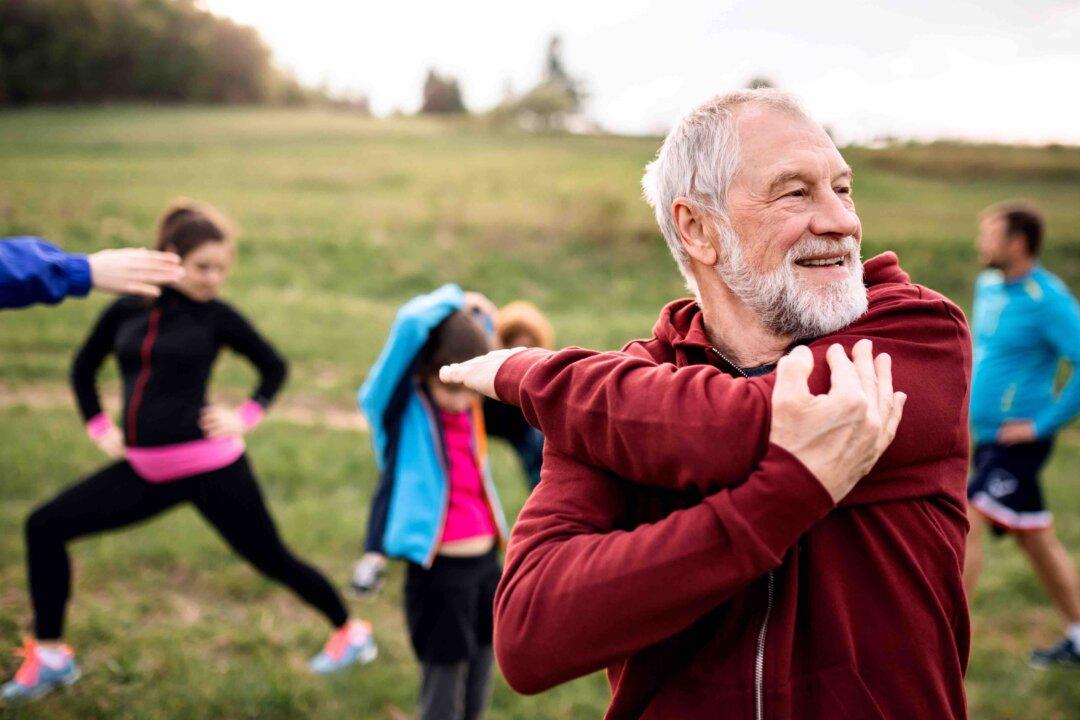Learn about the four types of exercises and how they can benefit you. For workout videos and examples of how to do some of the exercises listed below, visit NIA’s YouTube channel.
Most people tend to focus on one type of exercise or activity and think they’re doing enough. Research has shown that it’s important to get all four types of exercise: endurance, strength, balance, and flexibility. Each one has different benefits. Doing one kind also can improve your ability to do the others, and variety helps reduce boredom and risk of injury. No matter your age, you can find activities that meet your fitness level and needs!





